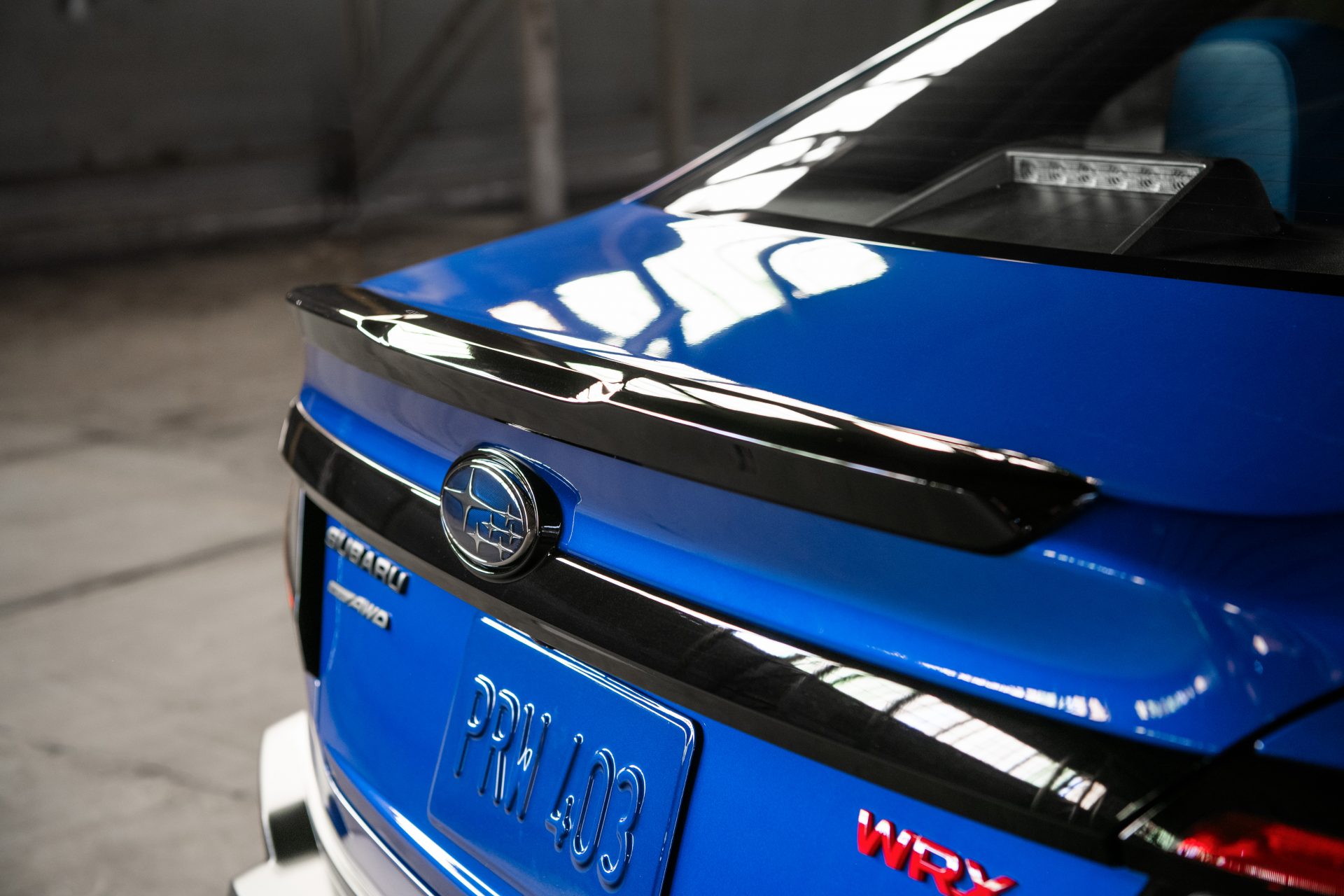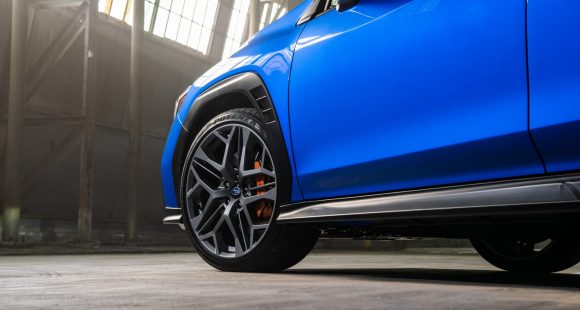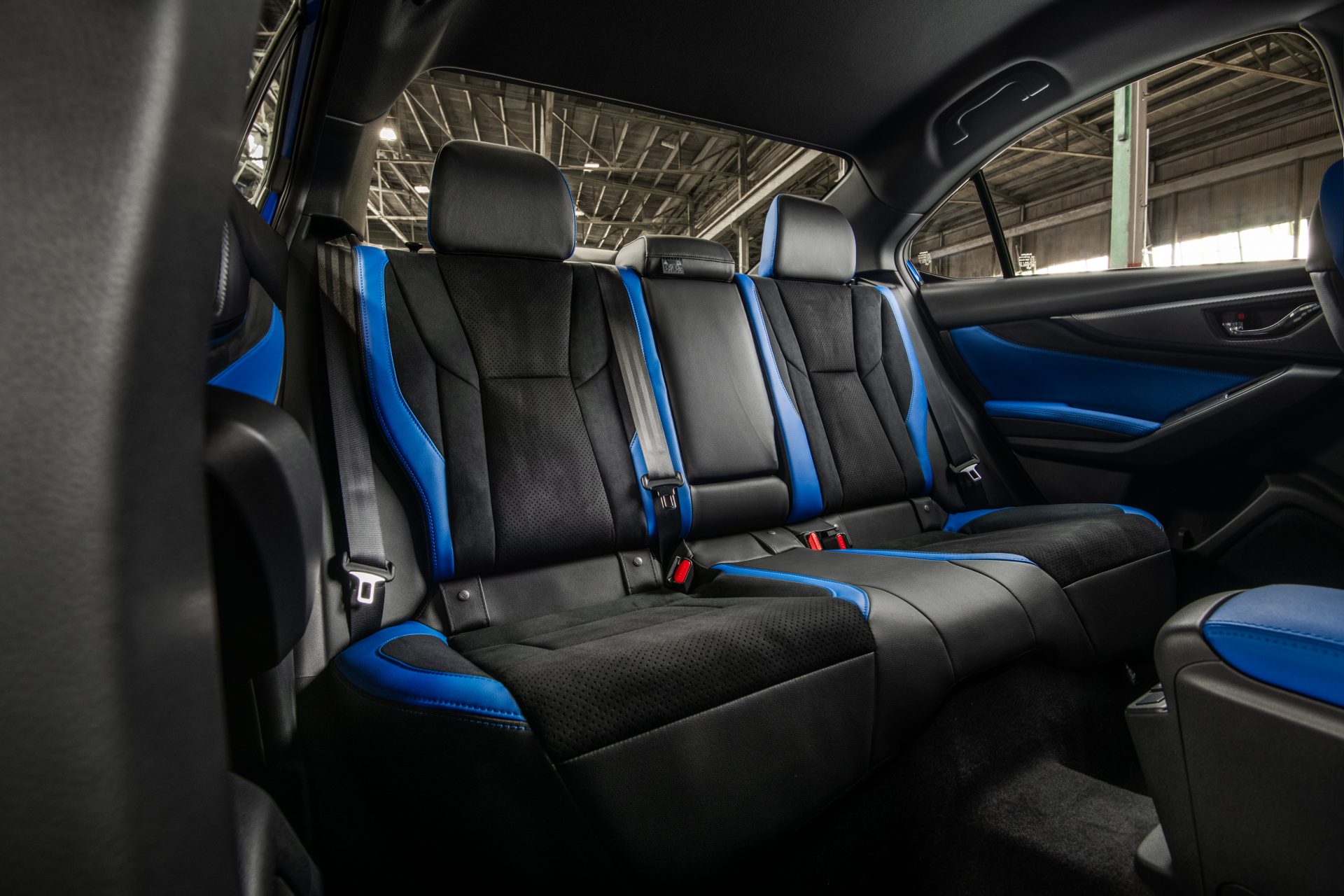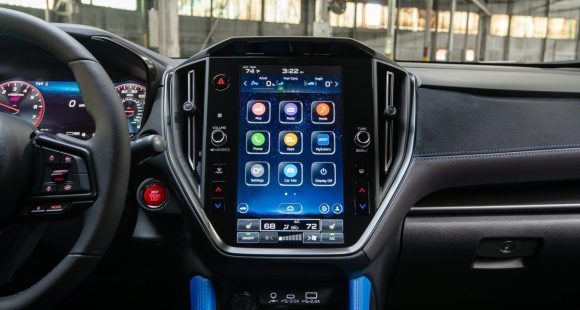2015 Chevrolet Trax
Chevrolet is well known for its full-size SUVs like this Tahoe. But, it’s really small utes that are fast becoming today’s big deal. The Nissan Juke, MINI Countryman, and Buick Encore are already out, with more coming like the Honda HR-V, Jeep Renegade, and our focus this week, the Chevrolet Trax. Now, Chevy is no stranger to tiny utes. But, their last one, the Tracker built with Suzuki, was less than the best. So let’s see the new Trax is on the right track.
Utility vehicles are coming in ever more shapes and sizes these days, so love them or hate them; they’re not going away anytime soon. This 2015 Chevrolet Trax plays into a segment that is ripe for explosive growth: sub-compact crossovers.
While most efforts so far have been luxury minded, like the Mini Cooper Countryman, and Buick Encore, with which this Trax shares a platform, more mainstream brands are now joining the downsizing. And it’s about time, as we think the Encore’s size would work for Chevy from the get go.
 And actually it has been, as the South Korean made Trax is already sold in over 60 global markets. It’s just new to Chevy dealers here.
And actually it has been, as the South Korean made Trax is already sold in over 60 global markets. It’s just new to Chevy dealers here.
Mechanically, the Trax is nearly a clone of the Encore, including front-wheel-drive being standard with all-wheel-drive optional. Power comes from the same “little engine that almost can”. Lifted from the Chevy Sonic subcompact, it’s a 1.4-liter I4 turbo with 138-horsepower and 148 lb-ft. of torque, attached to a 6-speed automatic transmission. Also from Sonic is the MacPherson strut front suspension, and compound crank torsion beam under the rear.
On both city streets and the sweeping canyons east of San Diego, where we got our first drive, the suspension tuning proved fully competent; similar to Encore; not sporty, not soft, but a good middle ground. Ride quality is pretty good for a short wheelbase vehicle, until the roads get really choppy.
The all-wheel-drive system is a fully automatic on-demand system. Sending power rearward when slip is detected, which does include on tight turns. Curb weight is as much as 3,300 pounds with all-wheel-drive.
On the technology front, the Trax is fully up to speed with a 7-inch MyLink display in the center stack, Siri Eyes Free connectivity, standard keyless entry; and optional remote start. Like all newest GM’s, OnStar 4G LTE with built-in WiFi is standard, as is a back-up camera; though navigation, by way of the BringGo app is optional.
 The instrument panel is more Sonic than Encore with a large, round, motorcycle style tachometer on the left, and a rectangular digital display right for speed and more. The 3-spoke steering wheel has nicely integrated controls; and the overall fit-and-finish of the interior seems perfectly fine for a Chevy price point.
The instrument panel is more Sonic than Encore with a large, round, motorcycle style tachometer on the left, and a rectangular digital display right for speed and more. The 3-spoke steering wheel has nicely integrated controls; and the overall fit-and-finish of the interior seems perfectly fine for a Chevy price point.
A full complement of 3 in the back seat would be uncomfortable for all parties involved, but both leg and knee room were adequate for 2 adults; reliefs cut into the front seatbacks help a lot. Up front, there’s a good amount of room as well, but seats are narrow and you still sit very upright.
As for cargo, rear seatbacks fold 60/40, and the front passenger seat folds flat as well, for longer items. At 18.7 cubic-ft., rear cargo space is larger than both the Nissan Juke and Jeep Renegade, 48.4 cubic-ft. with the seat backs folded.
And there’s a wealth of small item storage bins throughout the interior. 10-airbags are standard, including rear seat-mounted thorax bags.
On the outside, all of the current Chevrolet design cues are here; dual-port grille, smooth body sides with rounded fenders, and a gently sloping rear with well integrated spoiler that extends down the sides of the back glass, and stacked tail lamps.
 It’s a smooth design with plenty of curves, a fairly aggressive stance, and enough glass for fine visibility. Body lowers are covered in plastic; and simulated skid plate’s front and rear hint at capabilities that are probably best left untested.
It’s a smooth design with plenty of curves, a fairly aggressive stance, and enough glass for fine visibility. Body lowers are covered in plastic; and simulated skid plate’s front and rear hint at capabilities that are probably best left untested.
16-inch wheels are standard, with the top trim model getting 18’s. Wheelbase of just 100.6-inches, and a front track of 60.6 inches makes for a tidy package. Overall length comes in at 168.5-inches; ground clearance is a good 6.2-inches.
Government Fuel Economy Ratings for a front-wheel-drive Trax are 26-City, 34-Highway, and 29-Combined. Sending power to all 4 wheels will lower those numbers to 24-city, 31-Highway, and 27-Combined. That’s still good for an above average Energy Impact Score of 11.4-barrels of annual oil use with CO2 emissions of 5.1-tons.
Pricing follows an affordable Chevrolet formula starting at $20,995. All-wheel-drive adds $1,500 more, which makes it the least expensive all-wheel-drive Chevrolet you can buy. A base Encore stickers for 4-grand more.
So for 2015, GM morphs the Buick Encore into the Chevrolet Trax, and fortunately all of the competency is left fully intact. The Encore was a much bigger hit than expected, so this one will certainly have higher expectations. But, we think the Trax is off on the right track to fully meet them.
Specifications
- Engine: 1.4 liter
- Horsepower: 138
- Torque: 148 lb-ft.
- EPA: 26 mpg city/ 34 mpg highway
- Energy Impact: 11.4 barrels of oil/yr
- CO2 Emissions: 5.1 tons/yr
2025 Subaru WRX tS
Subaru’s “World Rally eXperimental” Gets Tecnica-Tuned Tech
Building on its global rally heritage, WRX has been a standalone Subaru nameplate, marketed separately from garden variety Impreza, for two generations now. And while the current WRX still lacks the full STI treatment, this WRX tS serves up some of that high-performance spice we’ve been longing for.
Before we go flat out into our Track Test of this 2025 Subaru WRX tS, lets open the Subaru dictionary so we’re all on the same page. “tS” stands for “tuned by STI;” and “STI” is an acronym for “Subaru Tecnica International,” the brand’s high-performance sub-group best known for upgrading the WRX— oh, that stands for “World Rally eXperimental,” in case you didn’t know.
All that said, STI has been largely dormant for this WRX generation, but this tS sprinkles more of their engineering magic into the mix. No, that doesn’t mean extra power, but does mean significant chassis-related improvements.
First, electronically controlled dampers, adjustable through the 11.6-inch tablet-style infotainment screen. That meant a softer “comfort” mode on the 10+ hour commute to and from Savannah’s Roebling Road Raceway. But once we were there, it was the firmer “Sport+” setting all the way, heightening response from the WRX’s throttle and already quick dual-pinion power steering system. There’s still some body roll for rally-esque weight transfer, but it’s well sorted and provides the “toss-ability” you want in a WRX.
Though if you do autocross your tS, which we implore you to do, you might feel the six-piston front, two-piston rear Brembo brakes first. The bite is strong, giving good rotation in the corners and plenty of “halt” for this 3,400 lb. compact with minimal fade, keeping us on track all week…until some unfortunate winter weather passed overhead. No worries here, as Subaru’s Symmetrical All-Wheel-Drive system got us to the track for some powdered deserts: Frosted donuts served up Michelin style, a set of winter tires different from the grippy Bridgestone Potenza S007 rubber the tS typically rides on. Some prior hot laps of California’s Sonoma Raceway gave credence to those Bridgestones, and showed us what this hot-compact can do in ideal conditions.
It’s well sorted and provides the “toss-ability” you want in a WRX.
Other tS enhancements are cabin-based, namely these beautiful blue Recaros. Most of our staff appreciated their moderately-aggressive bolstering on both street and track. And they’re even heated, too. Another tS-only appointment is this 12.3-inch digital gauge display. It mimics the standard analog gauges with some additional info, but can switch to a navigation mode for more convenient route guidance.
We do wish our tS came in the new Galaxy Purple or the trademark World Rally Blue, but this Crystal White paint wasn’t too shabby, contrasting its Cherry Blossom Red badging and blacked-out lip spoiler. Otherwise, the tS is like any other WRX, down to the hood scoop funneling air to the top-mounted intercooler.
Underneath is the same turbocharged 2.4-liter flat-four in all other trims, boxing at 271 horsepower and 258 lb-ft of torque. The freak winter weather stopped straight-line testing, but a 0-60 time estimate of 5.5 seconds is about as spry as you realistically need, pulling strong through most of the tach; though the 6,000 RPM redline required attentive shifting of the six-speed box, which the tS comes exclusively with. The throws are precise, if a little long, and the clutch is wonderfully weighted.
With discontinuation of the Base trim, pricing for the WRX now starts with Premium at $36,920. The tS is at the top of the lineup with the automatic-only GT, both starting at $46,875. All WRXs continue to be made in Gunma, Japan.
If you’re an enthusiast itching to do the tuning yourself, perhaps the 2025 Subaru WRX tS is not for you. But if you want a plug-and-play experience, this is it. While it won’t exactly bestow the loose-cannon, top-level driving skills exhibited by famous WRC drivers upon you, the tS moves this WRX’s game in a direction we’ve so desperately wanted Subaru to take.
Specifications
As Tested
- Engine: 2.4-liter flat-four
- Tranmission: 6-speed manual
- Horsepower: 271
- Torque: 258 lb-ft











































